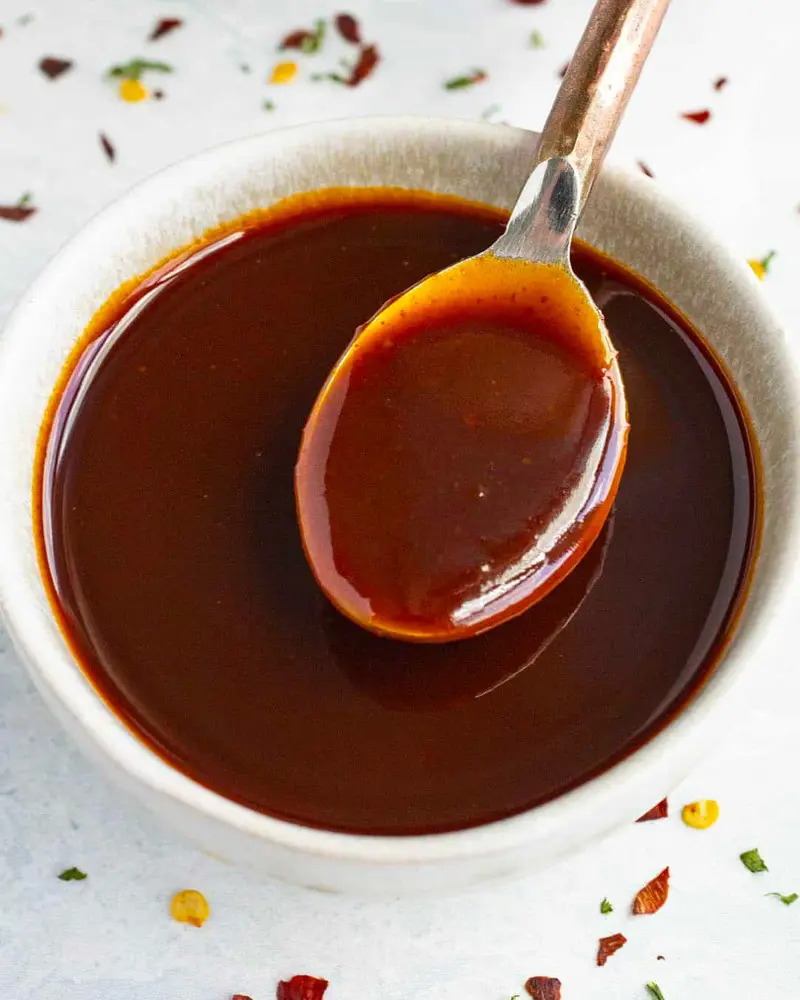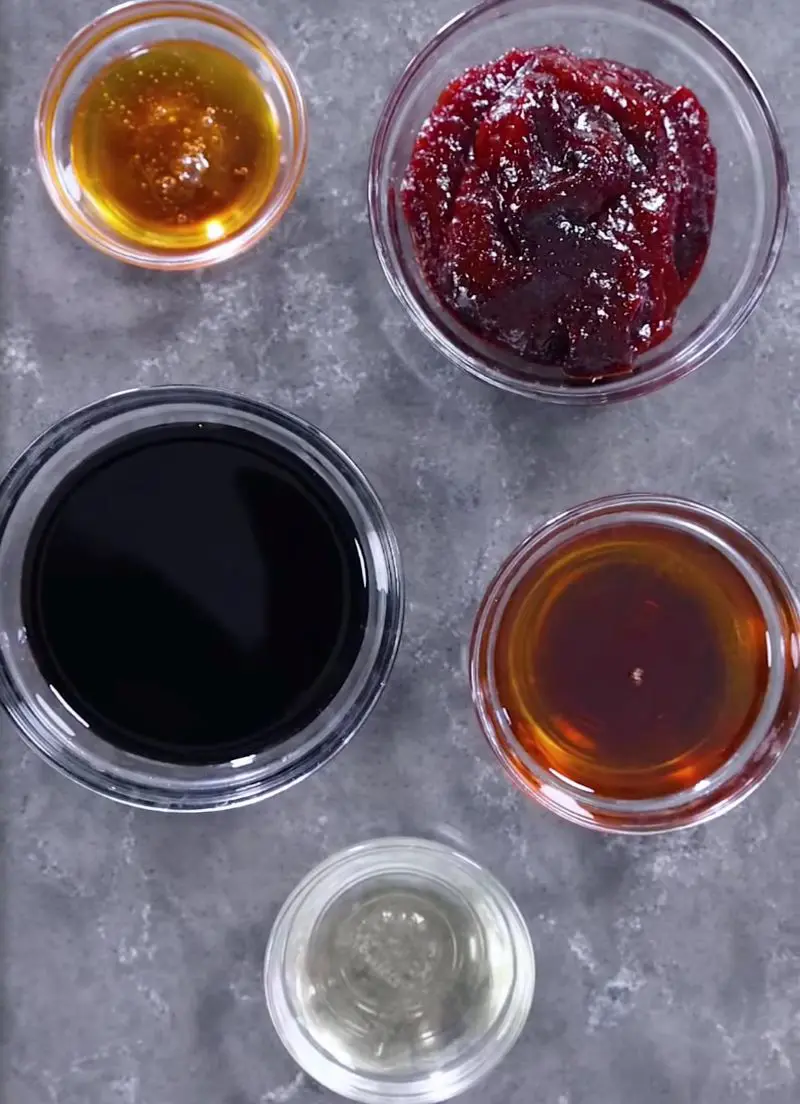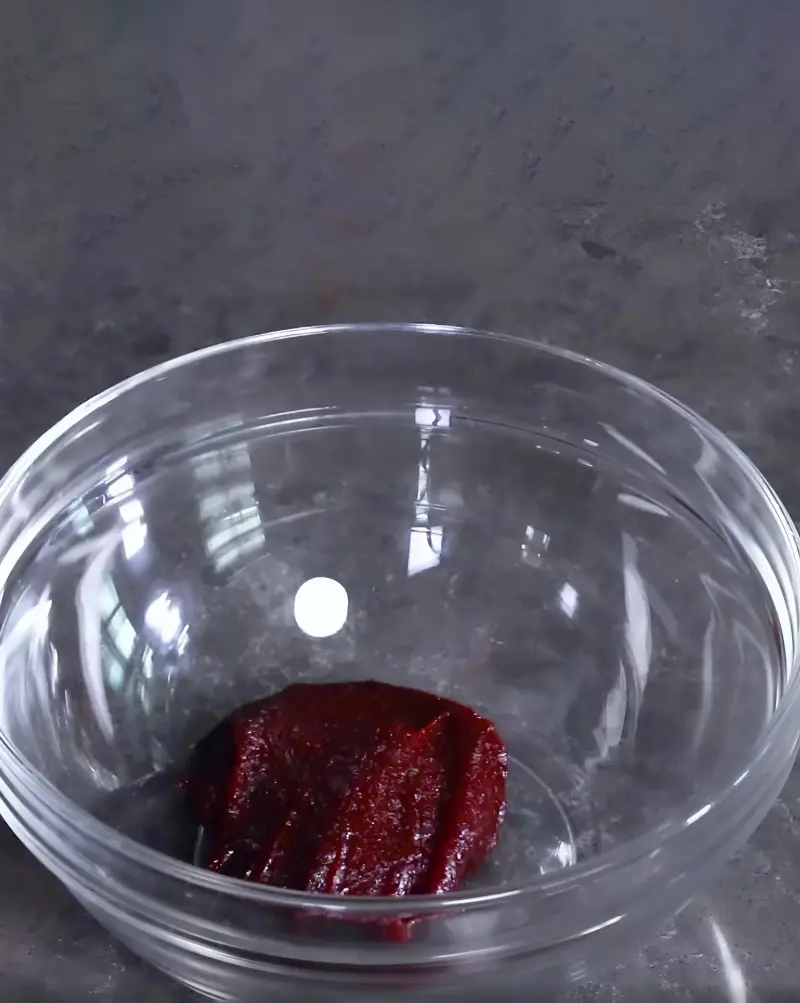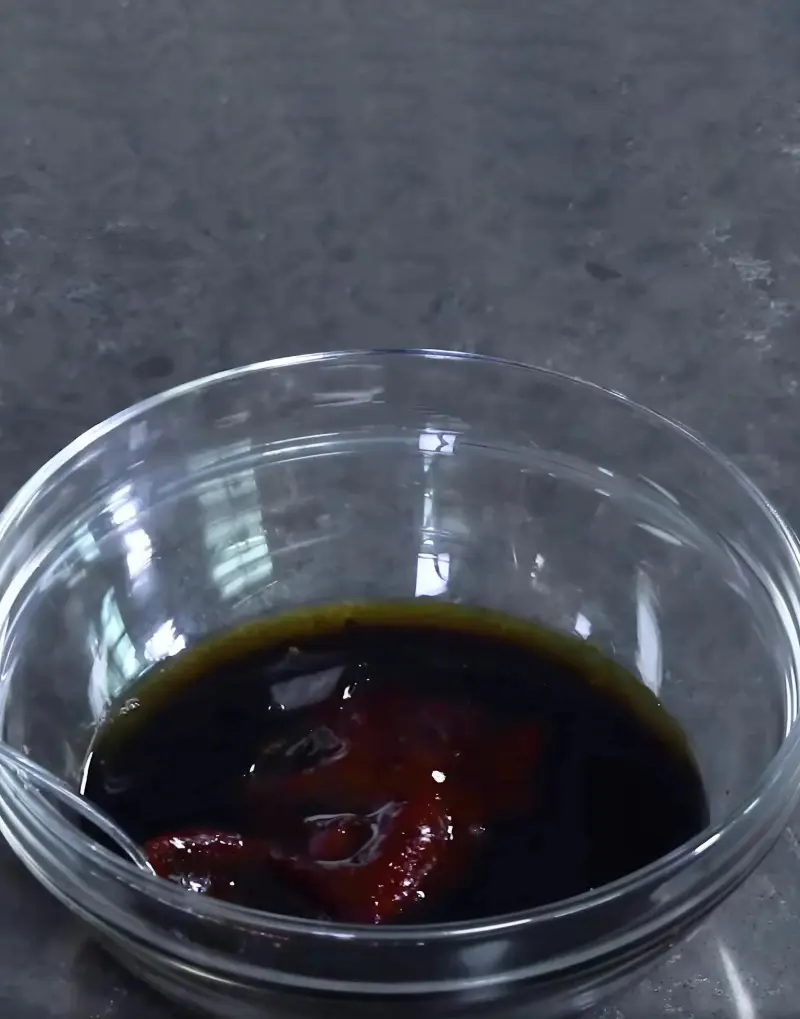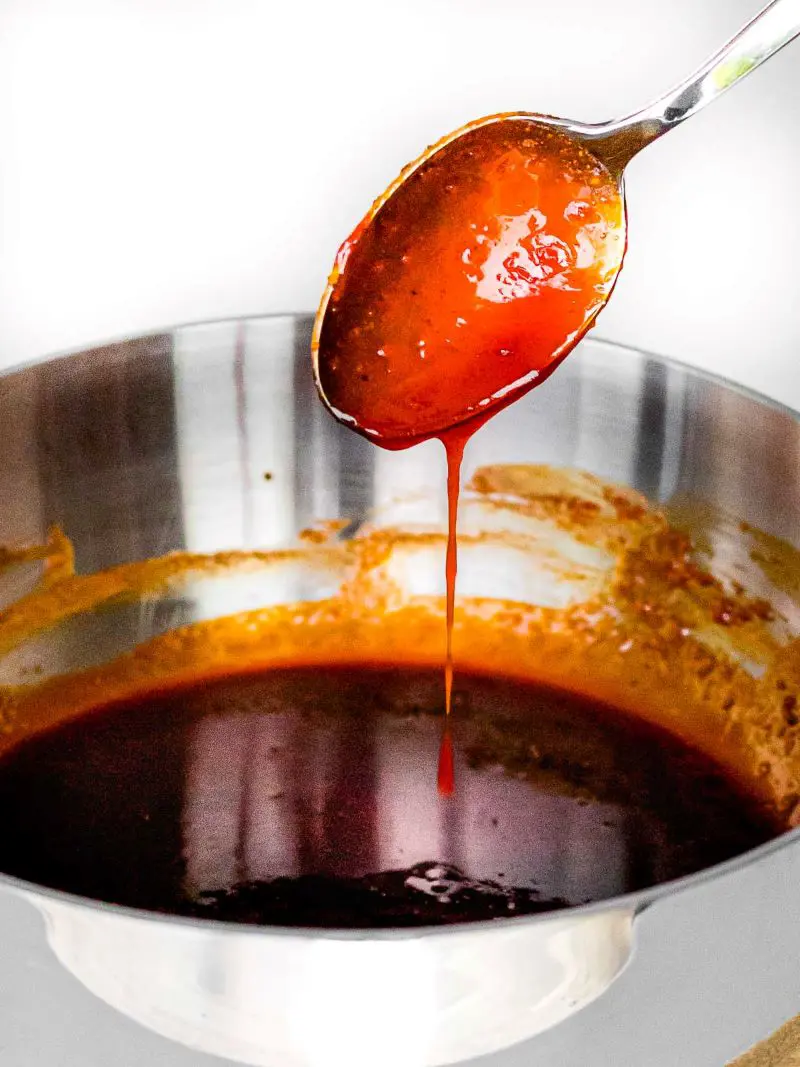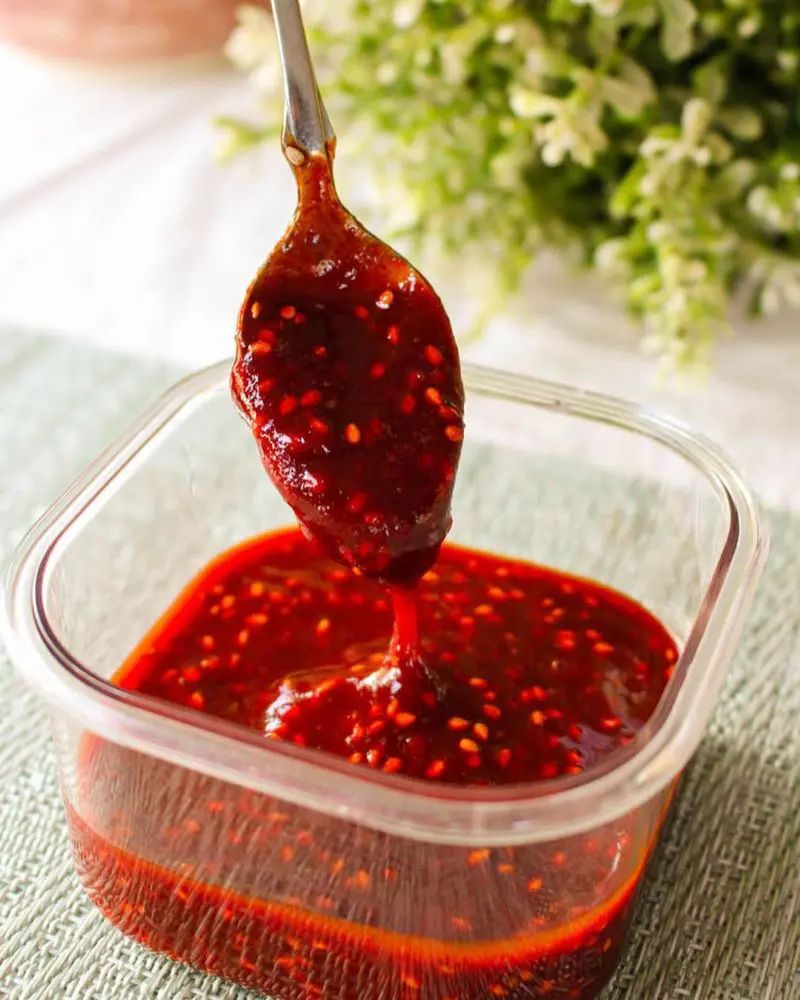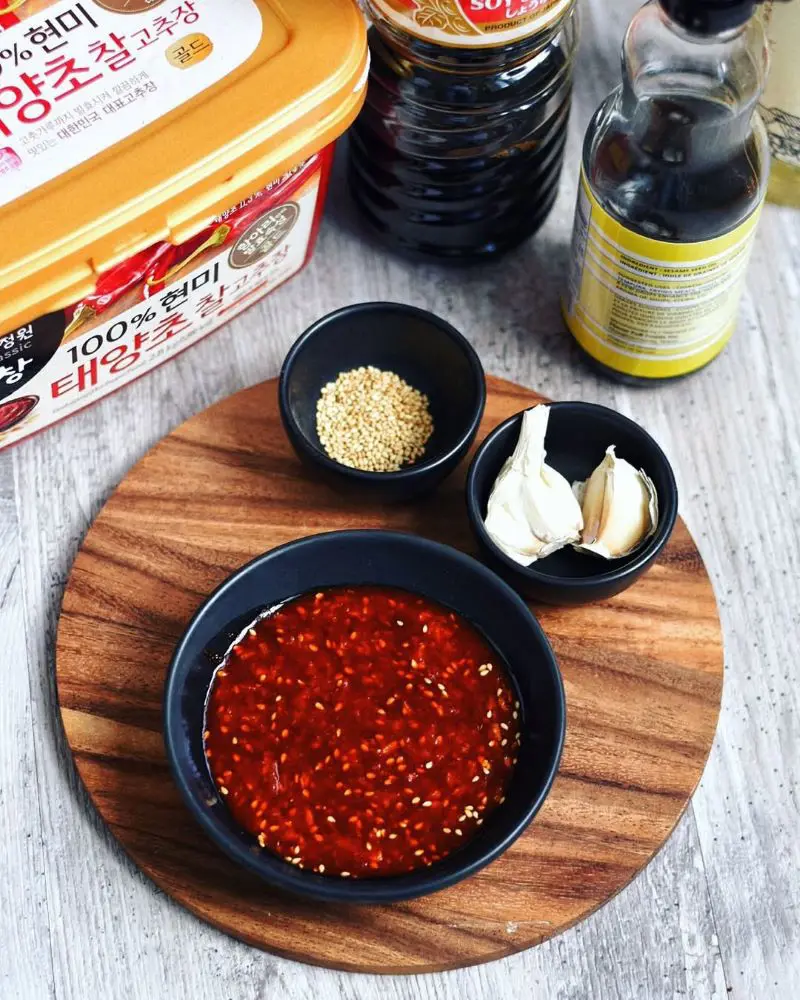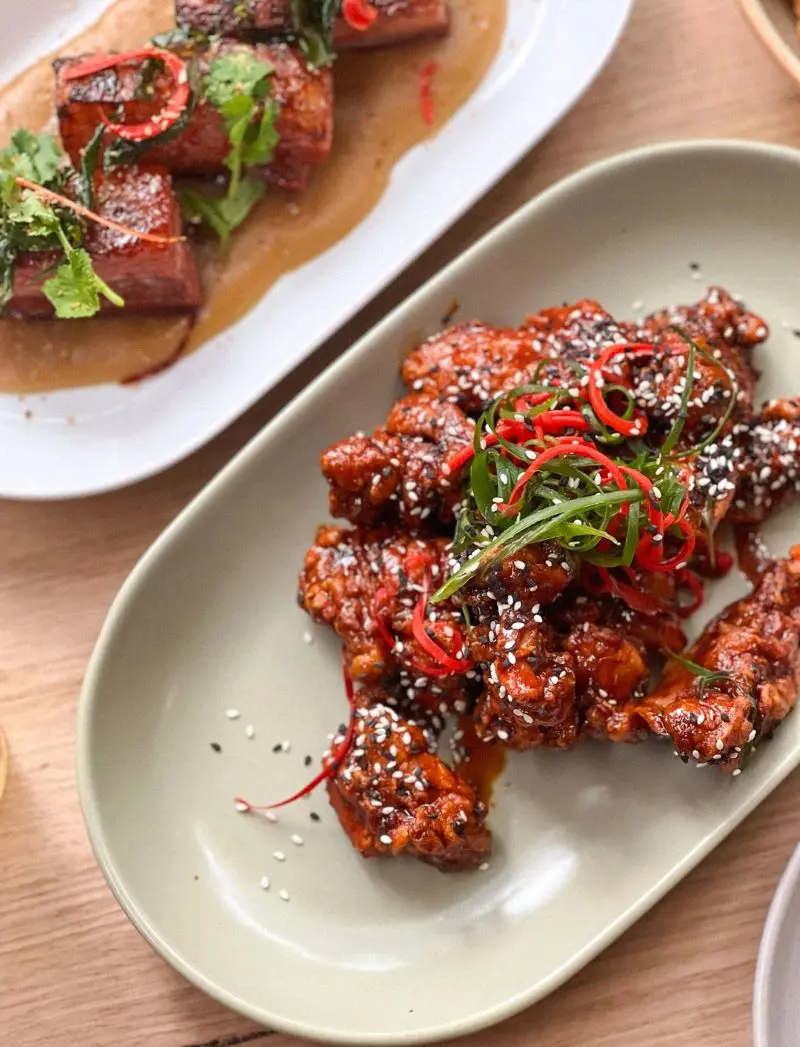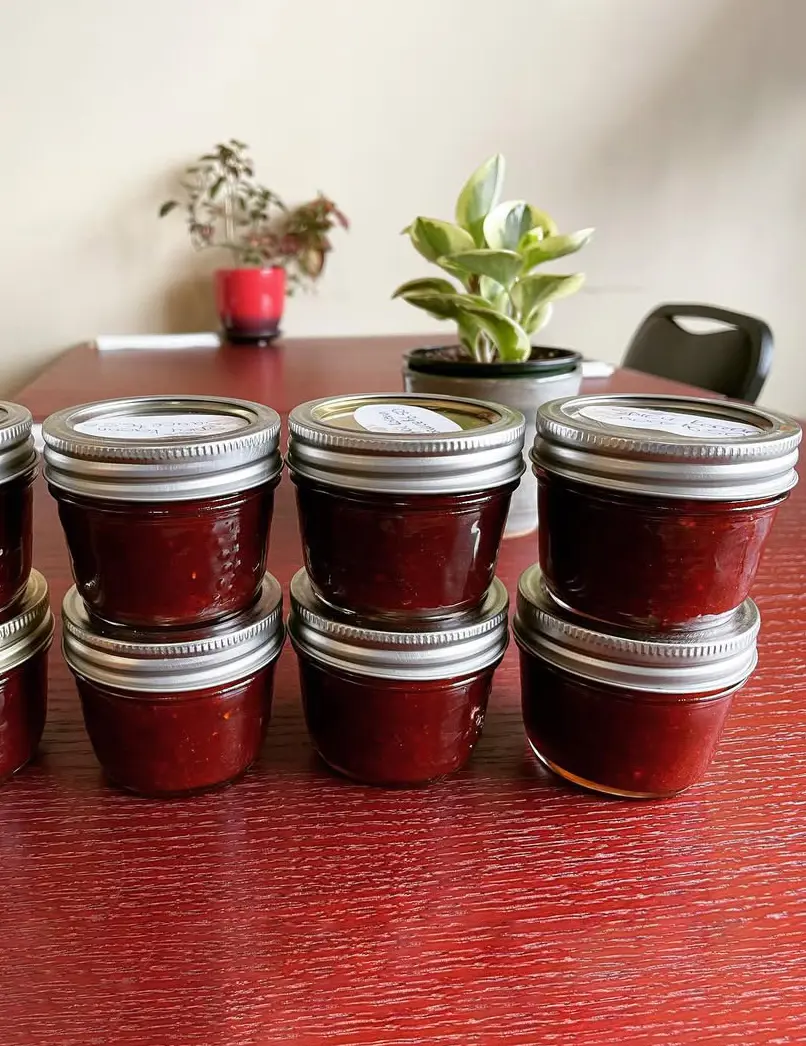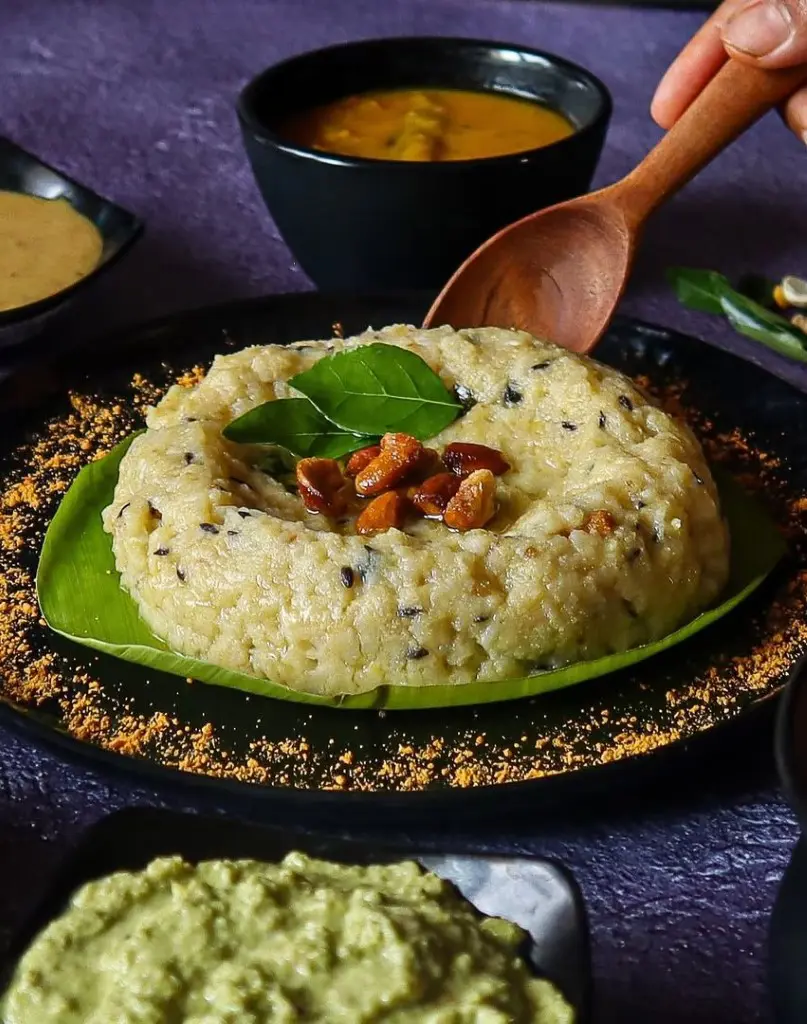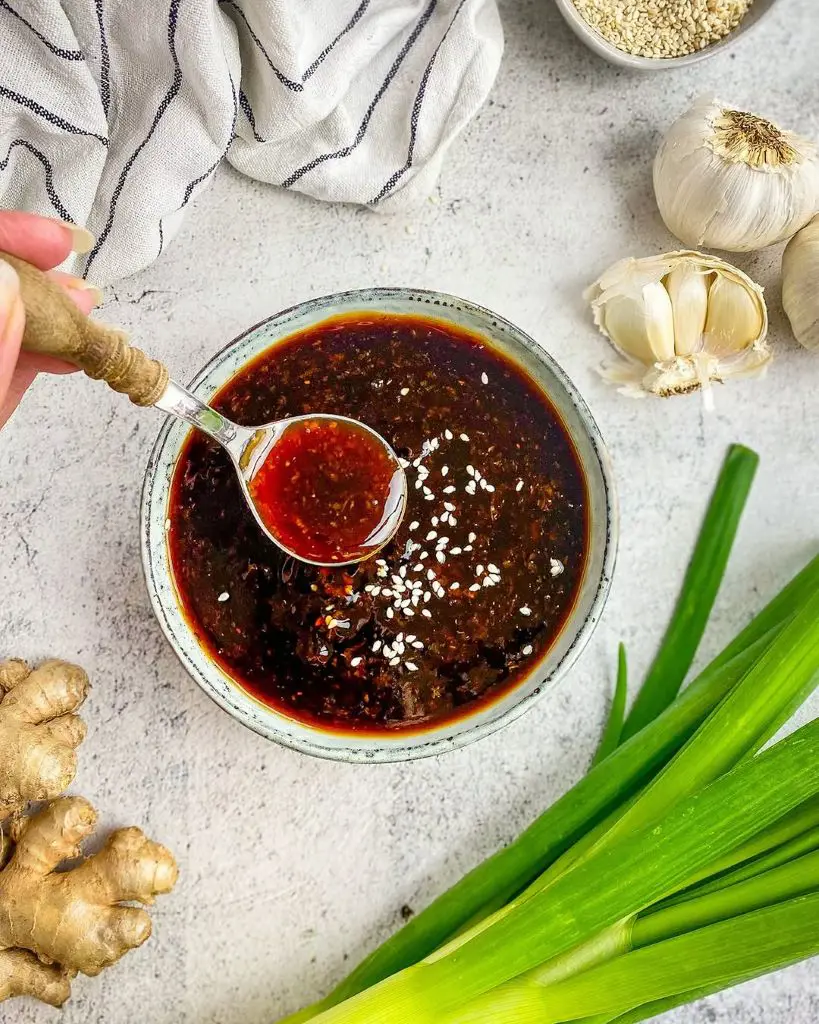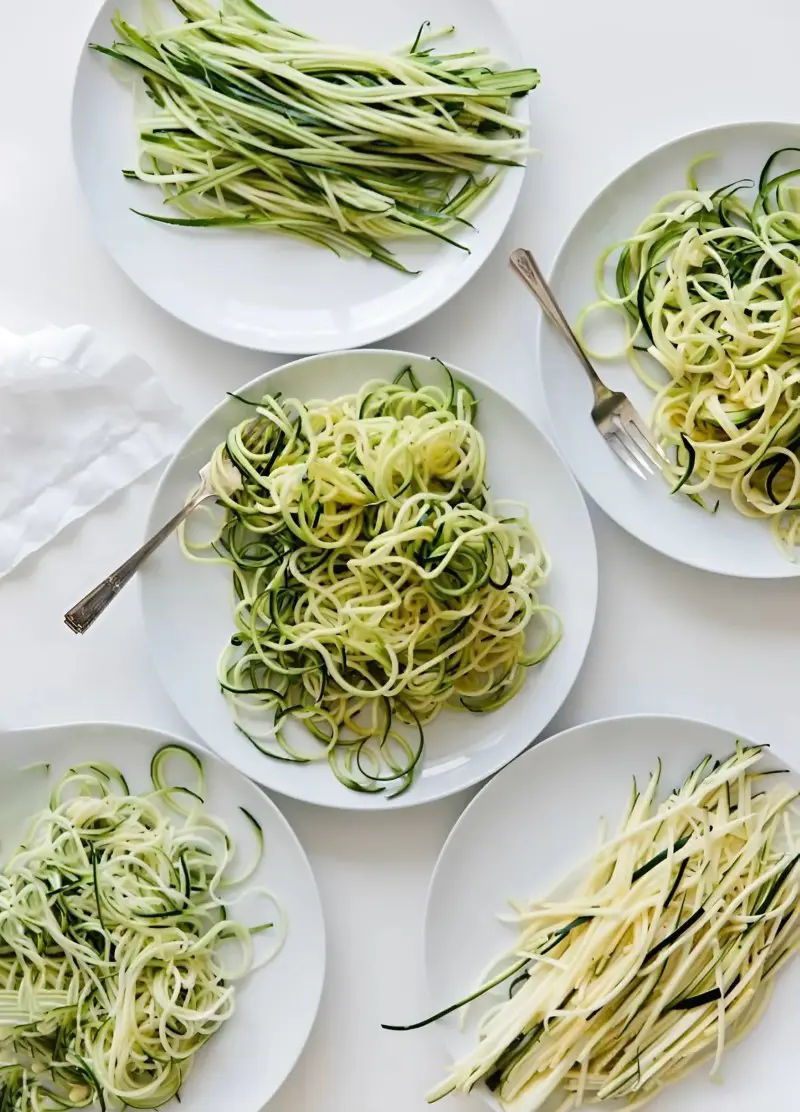Gochujang Sauce Ingredients
Creating this sauce at home takes just minutes and requires surprisingly basic components. If you are lacking anything, a quick trip to an Asian grocery store or the international food aisle will have you all set.
The simple preparation yields a sauce that rivals restaurant versions. This proves that great Korean flavors don't require complex techniques or hard to find ingredients. Here’s what you’ll need:
- Gochujang Paste: With its striking red hue, this Korean chili paste brings a bold, umami-rich taste developed by fermenting chilies, soybeans, and rice. The fermentation process creates deep umami notes that distinguish it from regular hot sauces. Start with a smaller amount and adjust upward.
- Rice Vinegar: Not just any vinegar will do here. Rice vinegar brings a gentle tang that plays nicely with others, unlike harsh white vinegar that could overwhelm. That subtle sweetness and mild acidity work magic in thinning out the paste while adding brightness to every bite.
- Sweetener: Whether choosing maple syrup, honey, or plain sugar, each brings something special. Honey adds floral notes, maple syrup brings complexity, while sugar provides straightforward sweetness. The sweetener also helps achieve that perfect glazey texture when coating foods.
- Soy Sauce: It amplifies the natural umami in gochujang while adding that crucial hit of salt. Beyond seasoning, it helps create the ideal consistency for drizzling or dipping. Skip it when making a milder version or if the dish already packs plenty of salt.
- Sesame Oil: This fragrant finishing oil makes all the difference. One spoonful transforms the sauce from good to exceptional, adding nutty depth while smoothing out aggressive heat. Make sure to grab toasted sesame oil – that rich, aromatic character is exactly what the sauce needs.
- Sesame Seeds (optional): While technically optional, toasted sesame seeds bring more than just looks to the table. Beyond adding pleasant crunch and nutty flavor, the health benefits of sesame seeds include essential minerals and healthy fats.
